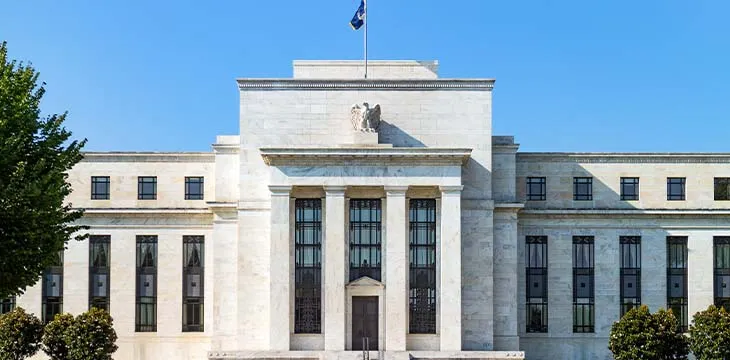|
Getting your Trinity Audio player ready...
|
John Williams, president and CEO of the New York Federal Reserve Bank, has called on central bankers to get ready for the massive digital transformation of money and payments that are being championed by digital currencies.
Williams made the remarks in his opening speech for the ongoing New York Fed and Columbia School of International and Public Affairs (SIPA) Monetary Policy Implementation Workshop in New York City. He said that despite the changing landscape of payments, the role of central banks in defining monetary policy remains the same. To emphasize, he cites that the innovation has changed how music has been enjoyed over the years, but not what music is.
“Just like listening to music, the ‘how’ may change, but the ‘what’ will remain the same. As we look ahead, it’s important to remember that even as the technology changes, the role of the central bank has not,” Williams said.
This role, he noted, will always be to “supply money and liquidity to bring stability to the economy and financial system.” Williams opined that not all digital currencies could help central bankers achieve this role.
Williams’ stance on digital currencies
In the speech, Williams splits digital currencies into two categories. Those not backed by other assets and pose a significant risk to financial stability. And those fully backed by other “safe assets” like stablecoins and CBDCs—have the “potential to be a new way to hold money and make payments.”
The event is an annual workshop held on the Columbia University Campus where leaders of central banks worldwide gather to brainstorm. Williams encouraged central bankers to remain focused on keeping up pace with the changing times, saying, “Turning to the future, the big question is what a world of digital currencies like stablecoins and CBDCs would mean for the implementation of monetary policy…As central bankers, it’s critical that we remain focused on carrying out our responsibilities while keeping pace with the world around us.”
In contrast to Williams’ opinion, the New York Fed maintained that stablecoins are not the future of payments in a research paper it published last February. The paper also echoes the views of the U.S. Federal reserve bank.
Following the collapse of Terra’s algorithmic stablecoin, TerraUSD (UST), the Fed warned that stablecoins pose risks to financial stability. These risks emanate from their being prone to runs and being backed by assets that may lose value or become illiquid during times of stress.
Watch: U.S. Congressman Bill Foster on Bitcoin Association’s Blockchain Policy Matters

 08-05-2025
08-05-2025 





